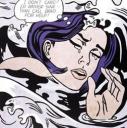 A small group of artist first exhibited popular culture art in Britain in the mid 1950s. Such things as cars, electric appliances, pin-up models, pop singers, comic strips and magazine collages were all utilized as subject material for the germinating movement. Though it hadn’t grown into an international art movement at this time, some critics believed it had potential. Lawrence Alloway hailed it as something new and great and gave it the name Pop Art.
A small group of artist first exhibited popular culture art in Britain in the mid 1950s. Such things as cars, electric appliances, pin-up models, pop singers, comic strips and magazine collages were all utilized as subject material for the germinating movement. Though it hadn’t grown into an international art movement at this time, some critics believed it had potential. Lawrence Alloway hailed it as something new and great and gave it the name Pop Art.
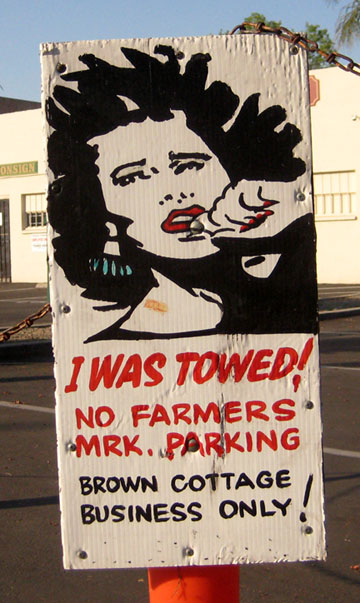 Art history influences everything from how we decorate our walls to how we dress. Images, ideas and past collectives, if not directly, indirectly influence the thoughts of today’s minds. Images of Warhol’s soup cans stir when walking down the chilly aisles of the grocery store and marching ants provoke thoughts of Dali’s Catalan landscapes and dreamlike imagery. Swirls of the sky above create memories of long stares into Van Gogh’s night and comic books relate to Lichtenstein’s dots and onomanopeias. A lame paint can spills on the road and visions of Pollock’s drips splatter through our minds. A lost ray of light navigates through the overhead branches and finds it way onto the ground igniting visions of the many specks of captured light rerecorded on canvases by the impressionists. Toddler doodles mirror the non-local colors of fauvism and wind-blown balconies animate stories of Calder’s mobiles.
Art history influences everything from how we decorate our walls to how we dress. Images, ideas and past collectives, if not directly, indirectly influence the thoughts of today’s minds. Images of Warhol’s soup cans stir when walking down the chilly aisles of the grocery store and marching ants provoke thoughts of Dali’s Catalan landscapes and dreamlike imagery. Swirls of the sky above create memories of long stares into Van Gogh’s night and comic books relate to Lichtenstein’s dots and onomanopeias. A lame paint can spills on the road and visions of Pollock’s drips splatter through our minds. A lost ray of light navigates through the overhead branches and finds it way onto the ground igniting visions of the many specks of captured light rerecorded on canvases by the impressionists. Toddler doodles mirror the non-local colors of fauvism and wind-blown balconies animate stories of Calder’s mobiles.
Use these influences when in time of need. Resolve a creative block by referring to master’s projects. Flip through the pages of your art history books. Remember wanders through dusty antiques stores and the inspiring paintings you saw. Recite poems once told to you during strolls down the sandy sidewalks of Venice Beach and in smoky coffee shops.
Has the recorded history of your passions influenced your past projects? Where do you find that inspiring research?
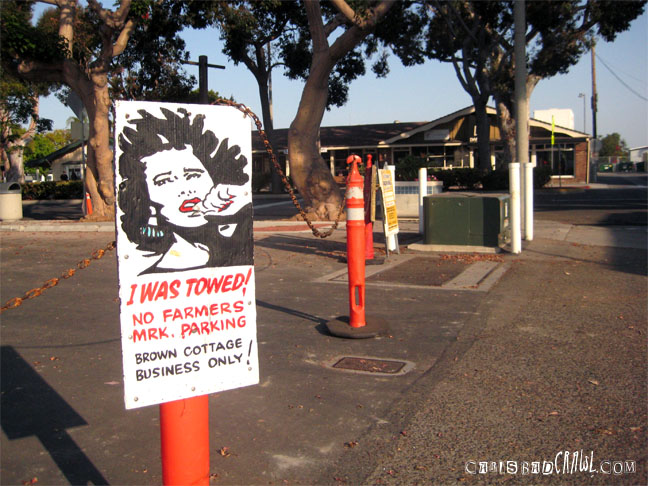



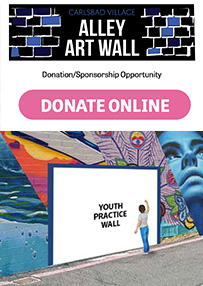



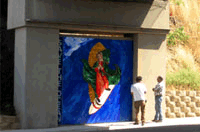
Recent Comments